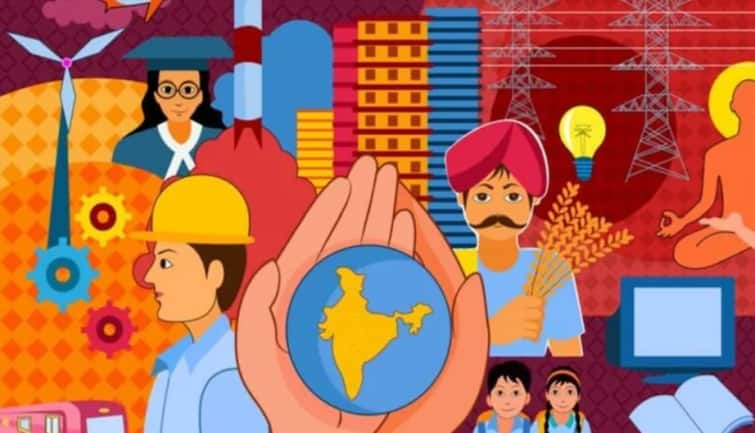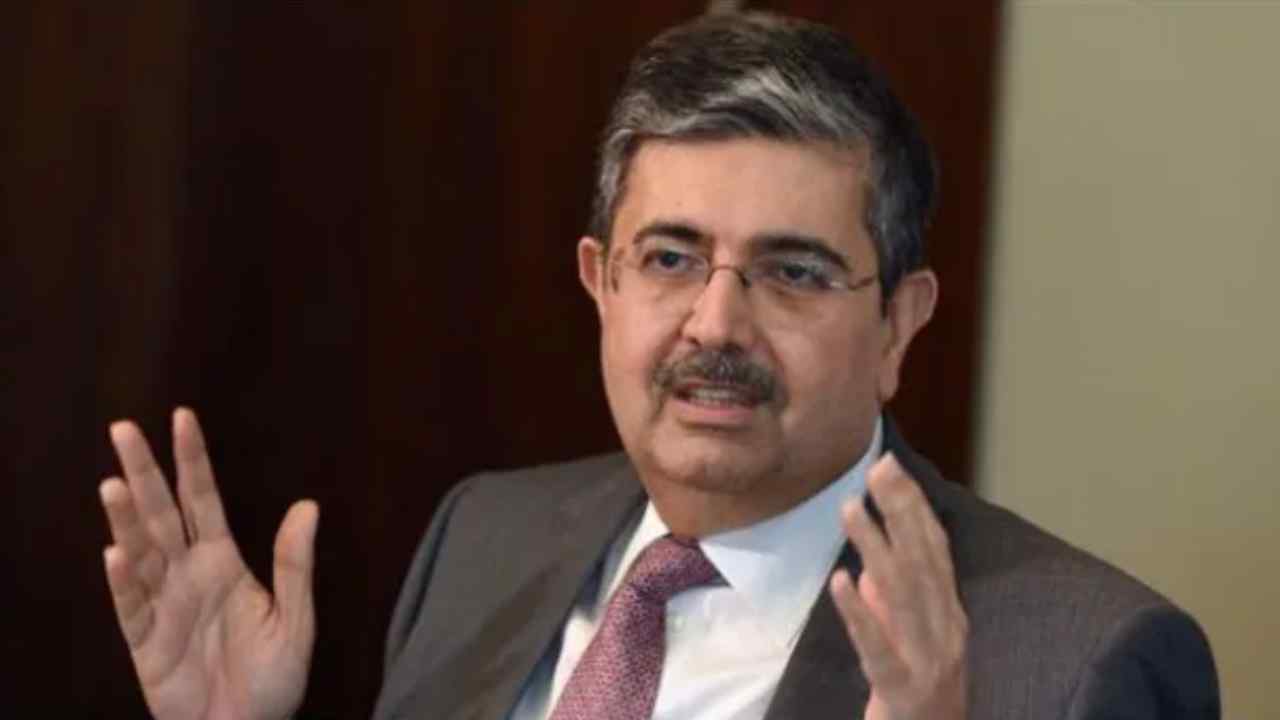Economic Growth of South Indian States: A Comparative Overview
The five major states of South India—Karnataka, Andhra Pradesh, Telangana, Kerala, and Tamil Nadu—have witnessed substantial economic growth since the liberalization of the Indian economy in the early 1990s. Back in 1991, their per capita income was lower than the national average. However, following decades of development, these states have made remarkable strides in various sectors, contributing significantly to the nation’s economic landscape.
Current Economic Standing of South Indian States
According to the latest report from the Prime Minister’s Economic Advisory Council (PMEAC), the top five richest states in India in terms of per capita income now include Delhi, Telangana, Karnataka, Haryana, and Tamil Nadu. It is noteworthy to mention that per capita income, in this context, is evaluated as a proportion of the national average income.
Contribution to National GDP
During the fiscal year 2024, the collective contribution of these five South Indian states to India’s total GDP was approximately 30%. This figure underscores the significant economic weight these states carry in the country’s overall financial structure. Notably, Telangana, which was carved out from Andhra Pradesh on June 2, 2014, has emerged as an important player in this economic scenario.
Maharashtra’s Economic Shift
Maharashtra has long been recognized as the largest contributor to India’s GDP. However, its share has seen a relative decline over the past decade—from 15% fifteen years ago to 13.3% today. Interestingly, despite being a significant economic powerhouse, Maharashtra does not feature in the top five states when ranked by per capita income, illustrating a disconnection between GDP contribution and individual state prosperity.
Challenges for Other Indian States
On the flip side, Uttar Pradesh’s share in the national GDP has decreased to 9.5%, down from 14% in 1960-61. Meanwhile, Bihar, which ranks as the third most populous state in India, has a surprisingly low GDP contribution of only 4.3%. The state enjoyed a boost in agricultural productivity during the Green Revolution of the 1960s, particularly Punjab, which saw its per capita income soar to 119.6% of the national average at that time. This incentivized economic growth in agriculture, but disparities have continued to persist.
Identifying the Poorest States
In contrast, certain states continue to struggle with economic challenges. The states with the lowest per capita incomes include Bihar, Jharkhand, Uttar Pradesh, Manipur, and Assam. These states face significant hurdles in lifting their economic status and improving their residents’ quality of life.
Conclusion
The economic evolution of South Indian states stands as both a testament to their resilience and a model for developmental growth. As the nation progresses towards sustained economic development, understanding these dynamics will be essential for policy-making and investment strategies aimed at addressing disparities and promoting inclusive growth across all states in India.











